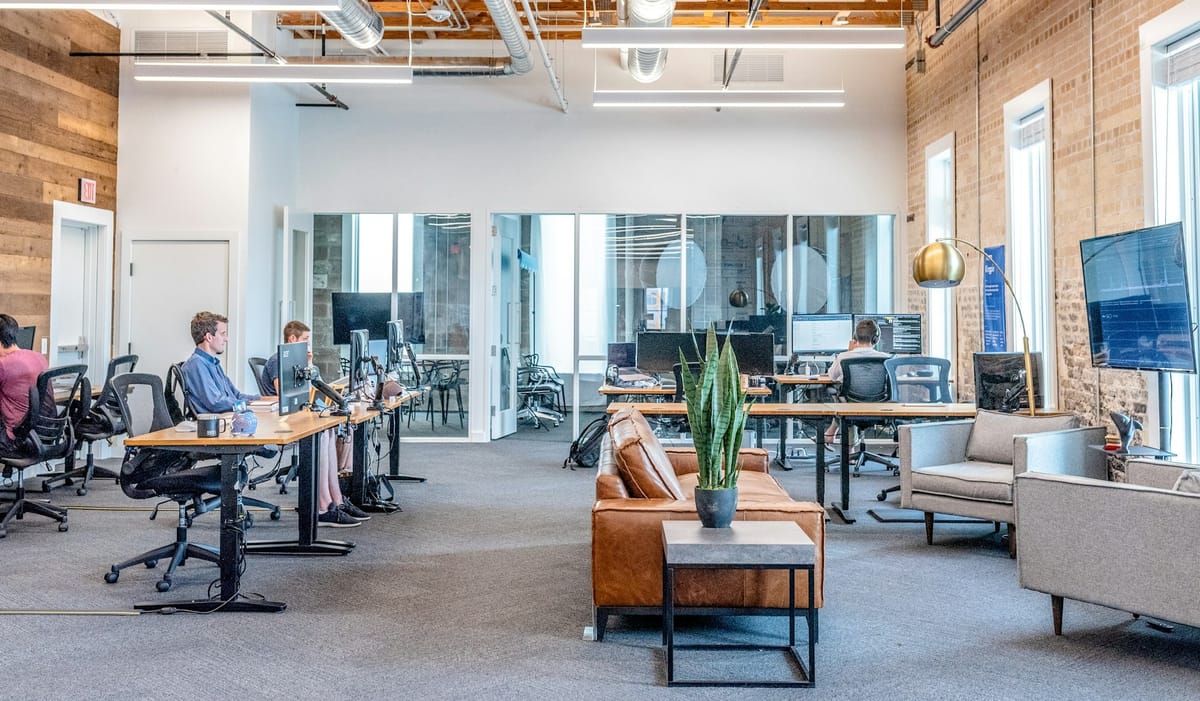Digital Labor Unions: Workers Demand Rights for AI-Driven Workplaces
As AI takes over management, workers are forming digital labor unions to demand rights, fairness, and algorithmic accountability.

What happens when your manager is an algorithm, and your tasks are assigned by code?
In the AI-powered workplace, a new wave of labor activism is emerging—not on factory floors, but on platforms, forums, and digital picket lines.
As companies increasingly rely on artificial intelligence to monitor productivity, assign shifts, and even fire employees, workers are organizing in a new way: through digital labor unions. These groups are fighting for fairness, transparency, and dignity in a world where algorithms hold unprecedented power.
The Rise of Algorithmic Management
AI isn't just transforming jobs—it's transforming management itself. From warehouses and rideshare platforms to customer service and content moderation, AI systems now make decisions once reserved for human supervisors.
A 2023 study by the Oxford Internet Institute found that over 40% of gig workers reported being managed entirely through digital platforms, with little to no human oversight. This includes everything from scheduling and performance evaluation to disciplinary action—sometimes with opaque or unexplained metrics.
Workers have little recourse when these automated systems make mistakes—or make life unreasonably hard.
Why Digital Labor Unions Are Emerging
Traditional unions were built for factory floors and office cubicles. But in an era of remote work, platform labor, and AI-driven workflows, organizing looks very different.
Digital labor unions—including groups like Gig Workers Rising, United Tech and Allied Workers, and App-Based Workers Association—are using online tools to:
- Demand algorithmic transparency
- Fight unfair deactivations or ratings
- Push for data access and portability
- Advocate for co-governance of AI tools
The key issue? Power asymmetry. When workers are being judged or dismissed by algorithms they can’t audit, digital unions step in to level the playing field.
Global Push for AI Labor Rights
Governments and labor watchdogs are starting to catch up. The EU’s proposed Platform Work Directive mandates algorithmic transparency and human oversight in gig work decisions. California’s AB 701 legislation requires employers using automated systems to disclose productivity quotas to warehouse workers.
Even major unions like the AFL-CIO and UNI Global Union are developing frameworks for AI governance, recognizing that the digital workplace is now a labor battleground.
Challenges Ahead: Organizing in the Shadows of Code
Digital unionizing is not without obstacles. Many workers fear retaliation, especially when AI tools can monitor their communication and behavior. Fragmented gig platforms make collective action harder, and legal recognition for digital-first unions remains murky in many regions.
There’s also the deeper ethical dilemma: Can a workforce be truly empowered when its decisions are governed by algorithms designed without their input?
Conclusion: Toward Algorithmic Accountability
As AI reshapes the workplace, a new form of worker activism is gaining momentum—one that fights not just for wages or benefits, but for algorithmic justice.
Digital labor unions represent a crucial response to the unchecked power of AI systems. They demand not only better outcomes for workers, but a seat at the table in designing the future of work.
Because in the age of digital labor, it’s not just about working harder or faster—it’s about working fairer.


